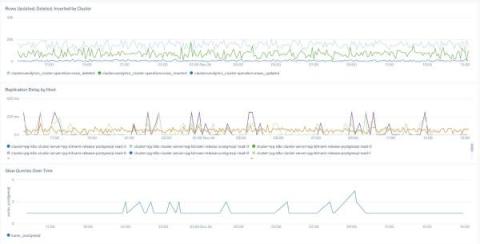Ask Miss O11y: How Can I Add o11y to Databases?
Oh goody, I’m so tickled to get this one. *rubs hands gleefully* Funny story, back in 2016–2017 we thought we were building Honeycomb primarily for DB use cases. The use cases are that killer. I’ve never seen another tool do the kinds of things you can do on the fly with Honeycomb and databases.











